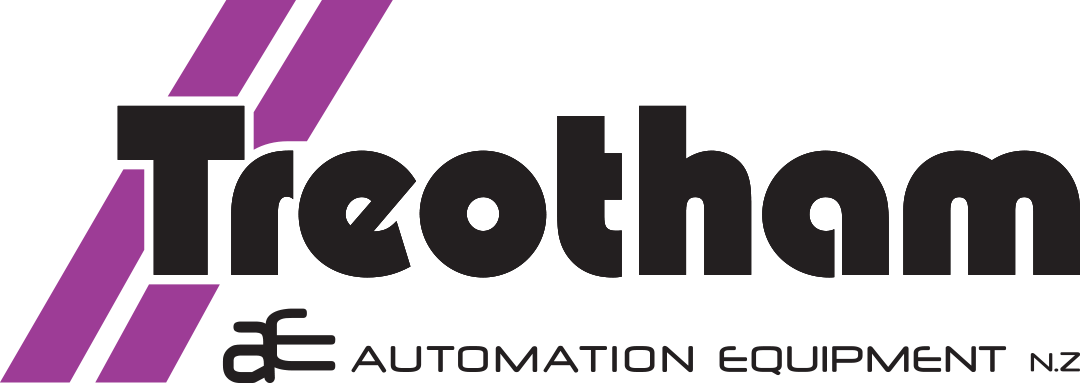With the introduction and ratification of EN45545 a unification of fire safety standards is taking place in Europe to ensure the safety of people and equipment in railway applications.
EN 45545-1 contains basic definitions as well as general rules on how to classify rail vehicles. Train operating and train design categories are defined in order to assess fire risk. Hazard levels are defined based upon these classifications.
EN 45545-2 describes the material requirements for the different hazard levels (HL1, HL2 and HL3). Table R22 sets the flammability, smoke emission and toxicity requirements for internal applications. Table R23 does the same for external applications.
EN 45545-3 describes the fire resistance requirements for fire barriers.
Unless designed with care, locations where cables within cable protection conduits are fed through fire barriers could represent potential weak points through which fire, heat or gas could penetrate. EN 45545-3 sets E, I and W requirements for 10 different fire protection installation situations in acc. with the operating categories defined in EN 45545-1:
- E (integrity), with a performance rating of E15, E30 (in minutes)
- I (heat insulation)
- W (radiation)
E15 is sufficient for several of the 10 installation situations and operating categories. E30, the highest requirement is specified for fire barriers between luggage compartments and passenger areas or the driver‘s cab for train operating categories 3 and 4. In such situations the fire must be prevented from breaking through for at least 30 minutes.
